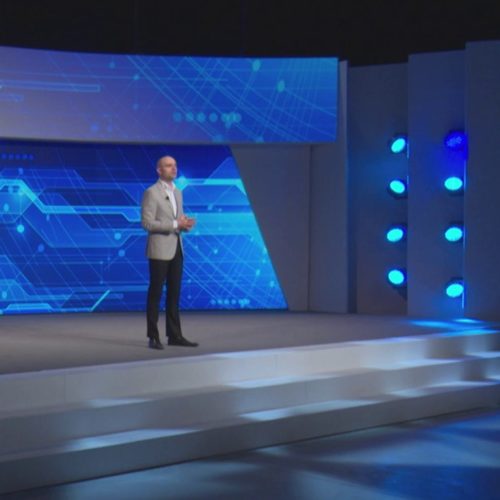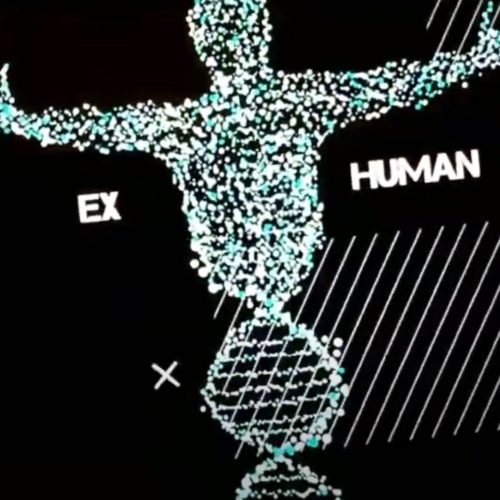CODIS & NDIS: Using DNA Testing For Law Enforcement
Kate J. Hunter / Op Ed
Posted on: November 22, 2012 / Last Modified: November 22, 2012
 The pursuit of justice has long been an arduous process, but it has been made much easier, thanks to scientific breakthroughs in the field of genetics. Catching and convicting criminals can now be determined by a drop of blood, a sample of saliva, or a single strand of hair left on a crime scene. With the help of DNA testing, the process of enforcing the law is greatly enhanced.
The pursuit of justice has long been an arduous process, but it has been made much easier, thanks to scientific breakthroughs in the field of genetics. Catching and convicting criminals can now be determined by a drop of blood, a sample of saliva, or a single strand of hair left on a crime scene. With the help of DNA testing, the process of enforcing the law is greatly enhanced.
However, the process itself is a complicated manner, what with the millions of DNA samples that need to be organized and scanned for matches. This is where the CODIS and NDIS come into play.
CODIS, or the Combined DNA Index System, is the FBI’s software that is used for matching DNA profiles in DNA databases. The NDIS, or the National DNA Index System, is the collective database of DNA profiles of the US.
Brief History of the CODIS and NDIS
CODIS and NDIS were both established in 1998 after meticulous research and development. The idea to use a national database of DNA profiles to help solve crimes was born in 1988, when courts first made use of DNA technologies in criminal cases. The FBI only managed to create one ten years later once the DNA Identification Act of 1994 was passed by Congress.
How CODIS Works
Law enforcement agencies use CODIS by taking a DNA profile created from a sample collected at a crime scene, and then searching for its match in the state’s database through the Convicted Offender, Arrestee, and Forensic Indices.
If a match is confirmed through either of the first two indices, the agencies will then be able to bring up the suspect’s identity. If a match is confirmed through the Forensic Index, then that means the suspect may have ties to two or more criminal cases, but their identity may still be unknown.
The results from matches in the Convicted Offender and Arrestee Indices legally allow law enforcement agencies to take a sample from the suspect for either analysis or as evidence in court. Matches in the Forensic Index help agencies obtain new leads in their investigations.
The Matter of Personal Privacy
To clarify, the DNA profiles in the databases contain no personal information. It only has DNA profiles, which are basically a series of numbers representing:
- One or two alleles of the persons’ unique genetic code
- The specimens’ ID number
- The IDs of the agencies that submitted the profiles
- The DNA laboratory personnel that analyzed the profiles
Criminal justice agencies are the only branches that have access to CODIS and the NDIS, according to federal law. Moreover, the use of these systems is strictly for law enforcement identification and criminal defense purposes.
These regulations prevent any violation of personal privacy that even previously convicted offenders are entitled to.
How CODIS and the NDIS Help
As of the FBI’s latest update on their website on September 2012, CODIS has led to 190,500 confirmed matches or “hits,” which resulted in more than 182,800 investigations aided in the 50 states of America. This is also owing to the collaborative efforts of forensic laboratories across the country, which has turned in over 10 million DNA profiles.
Just thinking of all these hundreds of thousands of criminals who would have gotten away without the help of DNA testing is a terrifying thought. A future denied of this technology can very well lead to killers, rapists, and other lawbreakers roaming free and sowing terror, while the wrongly accused rot behind bars, or worse, executed for crimes they did not commit.
However, there are still plenty of additions to the database to be expected, considering the total population of the US. Every new profile in the NDIS will only help make the country a safer place, while also clearing the names of innocents.
About the Author:
Kate J. Hunter is a writer and consultant for homednadirect.co.uk, a company that provides reliable paternity testing services. She is also an avid follower of health and wellness articles.
Related articles
- 23andMe DNA Test Review: It’s Right For Me But Is It Right for You?
- Exponential ROI: 23andMe acquires CureTogether









